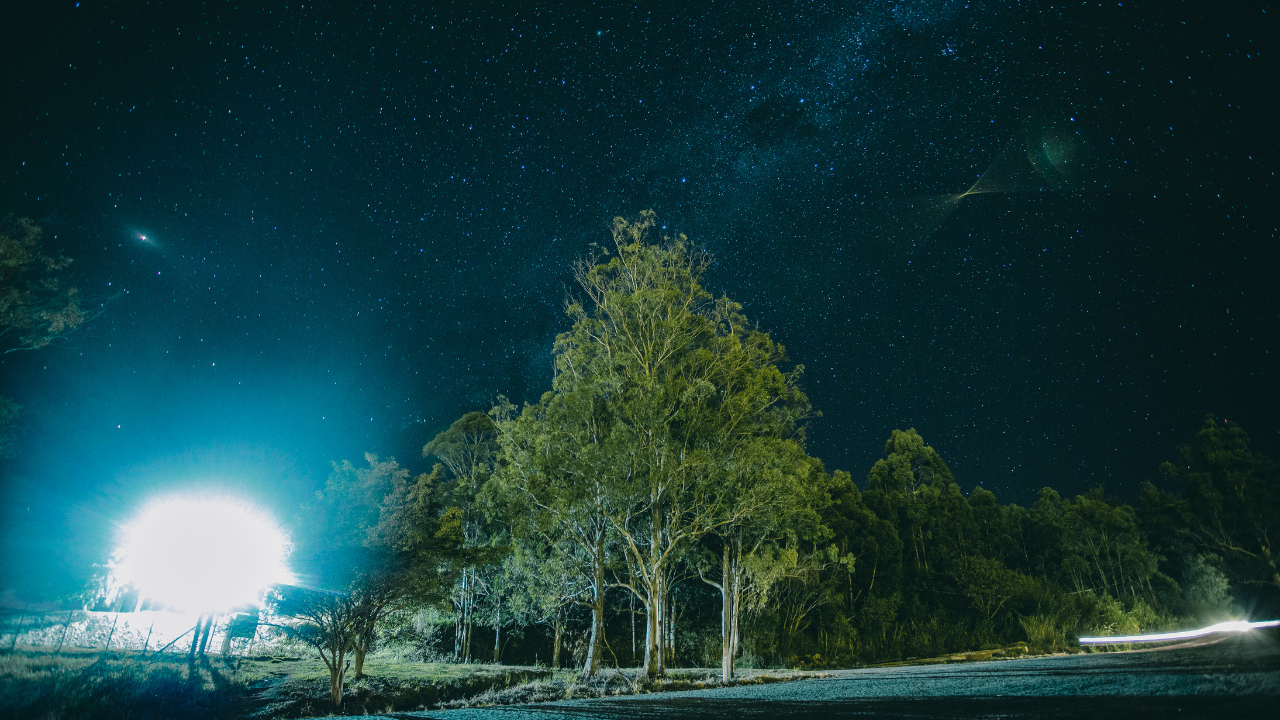Night sky photography, particularly capturing the mesmerizing beauty of stars, the Milky Way, and celestial phenomena, demands specialized cameras that excel in low-light conditions.

Sensor Size and Sensitivity:
Cameras with full-frame sensors generally perform better in low-light conditions due to their larger pixel size, allowing for better light-gathering capabilities.
Look for cameras with good high ISO performance without significant noise, enabling you to capture clearer images in low-light situations.
Lens Compatibility and Aperture:
A wide aperture (f/2.8 or lower) lens is essential for gathering more light, crucial for night sky photography.
Compatibility with Wide-angle Lenses: Ensure the camera supports wide-angle lenses to capture expansive shots of the night sky.
Low Light Autofocus:
Fast and Accurate Autofocus: Night sky photography often requires manual focusing due to low light conditions. However, a camera with an accurate autofocus system for low-light situations can be beneficial.
Long Exposure Capabilities:
Bulb Mode and Long Exposure Noise Reduction: Cameras with bulb mode allow for extended exposure times necessary to capture faint starlight. Long-exposure noise reduction helps in minimizing noise during extended exposures.
Recommend Option
Canon EOS Rebel T7 DSLR Camera
No products found.
Resolution and Image Quality:
Resolution Consideration: Higher resolution sensors can capture more details, but they might produce larger file sizes and more noise in low-light conditions. Balance resolution requirements with noise performance.
RAW File Support: RAW files retain more data, offering greater flexibility in post-processing to enhance details and reduce noise.
Durability and Handling:
Weather-sealed Body: Night sky photography might involve shooting in challenging conditions. A weather-sealed camera body protects against moisture and dust.
Ergonomics and Controls: Comfortable handling and easy access to controls, especially in the dark, are crucial for seamless operation during night shoots.
Astrophotography Features:
In-camera Image Stacking: Some cameras offer in-camera image stacking for reducing noise in long exposures, particularly useful in astrophotography.
Astrotracer Functionality: Certain cameras have built-in functions (like Pentax’s Astrotracer) that compensate for the Earth’s rotation during long exposures, allowing for clearer images of stars.
Battery Life:
Long-lasting Batteries: Shooting in cold conditions and over long exposures can drain batteries quickly. A camera with good battery life or the availability of additional power options can be beneficial.
Connectivity and Additional Features:
Wireless Connectivity: Wi-Fi or Bluetooth for transferring images to a smartphone or a remote control app can be convenient.
Articulating Screen: A tilting or articulating screen helps in composing shots from various angles, especially when shooting at odd angles.
Price Consideration:
Value for Money: While high-end cameras often offer exceptional features for night sky photography, consider your budget and prioritize features that align with your specific needs.
Carry On Exploration Best Cameras For Dental Photography
Final Advice
When selecting a camera for night sky photography, prioritize features that suit your shooting style and requirements. Remember, the camera body is just one part of the equation; investing in quality lenses and accessories, such as sturdy tripods and remote shutter releases, is equally important for capturing stunning night sky imagery.